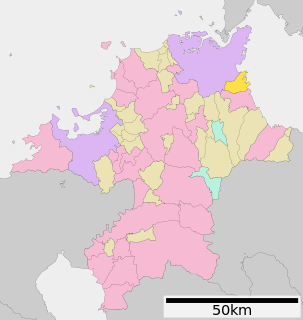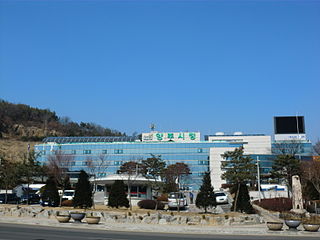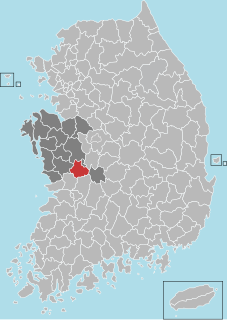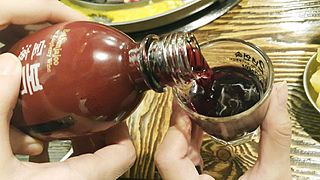This article needs additional citations for verification .(March 2021) (Learn how and when to remove this template message) |

This is a list of notable natural caves in South Korea.
| Name | Location | Notes |
|---|---|---|
| Geomunoreum Lava Tube System | Jeju City | The Geomunoreum Lava Tube System is located between Seonheul-ri, Jocheon-eup and Weoljeong-ri, Gujwa-eup, Jeju City, Jeju-do. This lava tube system refers to a series of lava tubes formed while basaltic lava flow which had erupted several times from the Geomunoreum volcano (which has an elevation of 456m) flowed in a north-northeast direction, down to the coastline for about 13㎞. It is estimated that it was formed between about 100,000 and 300,000 years ago.[ citation needed ] |
| Gimnyeonggul | Jeju City | The Gimnyeonggul Lava Tube, located in Donggimnyeong-ri, Gujwa-eup, Jeju City, is one of the World Heritage Sites in South Korea. The lava tube is about 705 m long, and is believed to be separated from Manjanggul Lava Tube by lava flows. The upper part of entrance is 12 m high and 4 m wide and is bent in a collapsed S shape. The upstream end of the passage was sealed with subsequent lava flows. The downstream passage is bi-level and the entrance is filled with sediments, most of which are carbonate sediments that had flown in from the beach. This is understood to be why there are lime features.[ citation needed ] |
| Gosu Cave | Danyang County | The Gosu Cave is a huge limestone cave near Danyang (North Chungcheong Province), South Korea formed over 450 million years ago.[ citation needed ] It is among the best known natural caves in Korea, and is known as the "underground palace". Gosu Cave is listed as the country's "Natural Monument No. 256". [1] |
| Gwangmyeong Cave | Gyeonggi-do | Gwangmyeong Cave is a tourist attraction in Gwangmyeong, Gyeonggi-do, South Korea. It is located on the far southwestern outskirts of Seoul. The cave was used when Korea was under Japanese rule from 1910 to 1945 for mining purposes and was staffed by forced laborers. [2] The cave complex re-opened in 2011 for tourism purposes and now has historical exhibits, but is chiefly entertainment-focused, with aquariums, sculptures, light shows, children's amusements, and other attractions, including an underground winery. [3] |
| Hwanseon Cave | Gangwon province | Hwanseon Cave is a cave located in Gangwon province, South Korea. It is one of the largest limestone caves in Asia, and the biggest in Korea, with 6.2 km of known passages and a total suspected length of 8 km, 1.6 km of which are visited by over 1 million people per year. In 1966 the South Korea government designated this cave and a neighboring cave not open to the public, Gwaneum cave (관음굴), National Monument 178. [4] Hwanseongul was opened to the public in 1997. |
| Manjanggul | Jeju City | The Manjanggul Lava Tube is located in Gimnyeong-ri, Gujwaeup, Jeju City. At up to 23m wide, 30m high and 8.928km long, it is the 12th-longest lava tube in the world [5] and the second longest on Jeju island. [6] It is regarded as having significant scientific and heritage value, owing to its excellent condition of preservation despite its age of formation (about 300,000 to 200,000 years ago). |
















